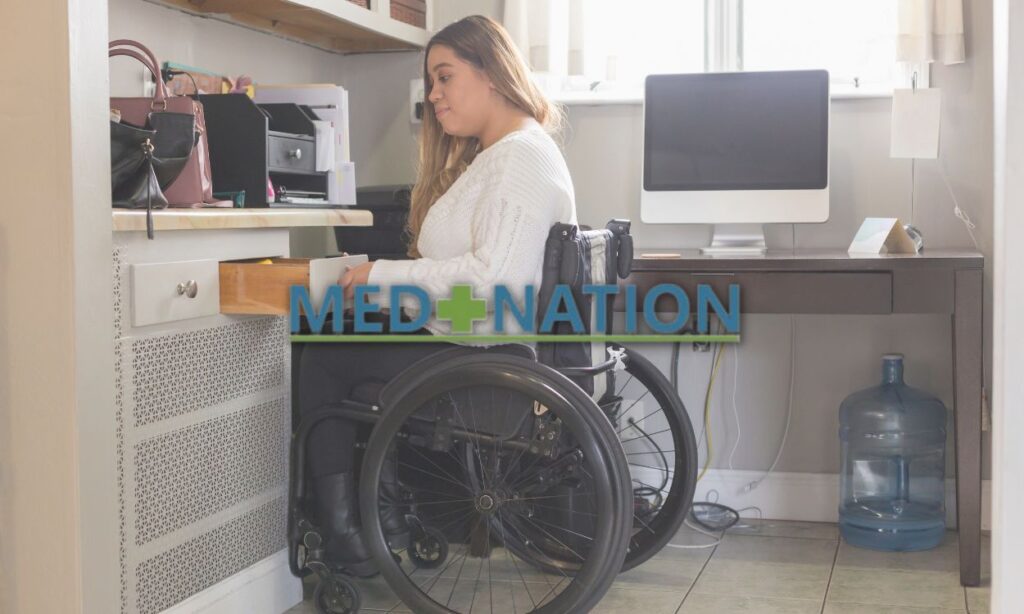
There are a variety of safety precautions that you can take to avoid injuries at home. The first tip is to dress appropriately and keep a first-aid kit near or inside the house. The following information is to keep your first-aid kit adequately stocked. These simple precautions will save you time and money.
Dressing correctly
Injuries in the home are often preventable with proper clothing. Loose clothing dragged on the floor can cause a fall, so people prone to falling should wear hip pads and shoes. Wearing socks with grips on the bottom can also help you avoid slipping. Also, wear eye and hearing protection if you are prone to injuries and avoid wearing your hair in your face.
Keeping a first-aid kit
Keeping a first-aid kit at home is a great idea, and it can help prevent injuries if it’s easily accessible. Please keep it in a convenient location, such as the kitchen or bathroom. Be sure to tell younger children that it’s not a toy, so they don’t touch it. Also, keep it stocked with the appropriate supplies.
Including emergency contact information in your first-aid kit is a good idea since you never know when you need it. If you have young children, include emergency numbers for your pediatrician or physician, and call poison control if possible. You’ll also want to have a few medications in a medical emergency.
Kids are especially susceptible to sprains and strains. It would help if you also kept muscle spray and a heating pad in case of muscle pain. You can also add antiseptics, which can help clean the wound, and tape or gauze for covering injuries that cause blood loss.
Keeping a well-stocked first-aid kit in your home
Keeping a first-aid kit in your home can help you respond quickly to common injuries and emergencies. Ideally, it would help if you own equipment in your home and a second in your car. Keep the kits in an easy-to-access location, out of reach of young children, and secure them in a waterproof case.
In a well-stocked first-aid kit, you should include a variety of medications and first-aid supplies. These include ibuprofen, acetaminophen, cough medicine, laxatives, antibiotic ointments, hydrocortisone and antihistamine cream. Keep alcohol wipes in your kit as a backup.
A well-stocked first-aid kit should also include spare EpiPens. You should also contain supplies to treat allergies, particularly if you have children or elderly family members. It is also a good idea to include items that can treat bites and stings.
Keeping a well-stocked first-aid kit in your neighbour’s home
In an emergency, having a first-aid kit is an invaluable home improvement. It is essential to periodically check the contents of your equipment, replace expired products and medications, and replace items that have been used. Always remember that it’s better to be prepared for the unexpected than to wait until you get hurt to act.
First aid kits should include various emergency items, such as bandages, gauze pads, and adhesive tape. In case of emergencies, you should consist of a thermometer and a flashlight. An extra battery or solar charger is also helpful. A space blanket, sunscreen, and insect repellant are also essential. Also, ensure that the kit includes copies of your medical records and consent forms.
While providing first aid for a broken leg or a burn at home may seem complicated, a well-stocked first-aid kit can help you treat minor injuries and avoid medical attention. A kit can also be a helpful accessory when boating and fishing.
If you are interested we offer you to read this post: Aging in Place – How to Keep Your Home and Yourself Safe
Mednation is your best option; we offer the best home healthcare products to improve your life and your loved ones.





